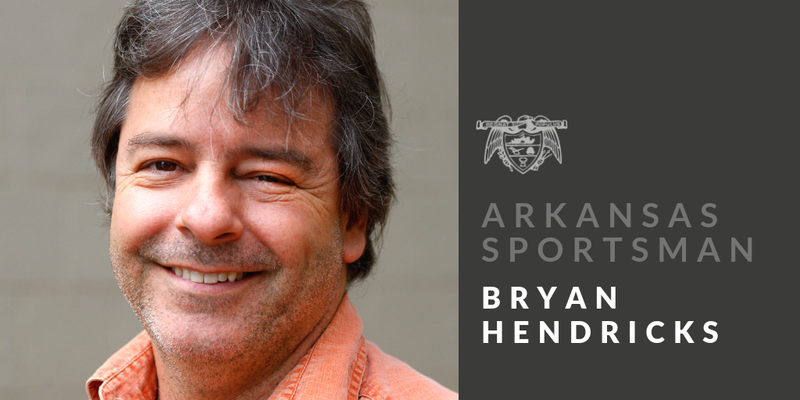At the Arkansas Game and Fish Commission's Round Table Forum on chronic wasting disease June 25, Jennifer Ballard -- the AGFC's veterinarian and assistant chief of the agency's research, evaluation and compliance division -- described the main CWD scenarios existing in Arkansas deer and elk.
Then, she presented a curiously framed question to the panelists.
"If they were the ruler of Arkansas, what would they do with those scenarios?" Ballard asked.
If you had absolute power, how would you wield it? That premise is faulty on a democratic level, and it is insensitive to a public that believes the agency already wields that kind of power.
More to the point, it is untenable on a scientific level. It is impossible to "manage" an incurable, untreatable disease that afflicts wild animals that cannot be contained nor constrained. James Kroll, one of the world's preeminent deer biologists and management consultants, said as much when Game and Fish Commission member John Neeley of Camden asked Kroll to define a "wildlife control response" to CWD. Kroll replied that CWD is too deeply established in Arkansas to implement an effective control response.
"The data tell me that this has been around for a long time [in Arkansas], two or three decades, probably," Kroll said. "When it [CWD] was discovered in Wisconsin, it was too late. If you let it go for 20 or 30 years, you've got something you can't control.
"In New York," Kroll added, "they found it in a small area and pounced on it. You do everything you can to contain it in its original core area and put your resources in detecting spark-outs. There you have a chance."
"Spark-outs" are areas where only a few deer have tested positive for the disease. That includes Pope County and, most recently, Independence County. The high-prevalence zone in Newton County, Kroll said, is beyond control. Wisconsin tried "managing" its high-prevalence area with drastic measures that didn't work.
Despite Wisconsin's initial attempt at aggressive management, such as the state's attempts to eradicate deer in the original CWD management zone, Kroll said that CWD continues to be found outside of the original CWD management zone.
Warren Bluntzer, a wildlife management consultant, said that state agencies undermine their messages when they use loaded words such as "eradicate."
"In 20 years' experience with CWD, I have learned not to use the word 'eradicate'," Bluntzer said. "That's not fair to the public right now. If you get landowners against you, the door is going to get tougher and tougher and tougher to open."
Eradication is also offensive to hunters who have been conditioned and educated to value and conserve deer.
Harry Jacobson, professor emeritus in the Mississippi State University Department of Wildlife and Fisheries, said landowners resist autocratic mandates from state wildlife managers regarding resources in which they've invested significant time and money.
"If you provide the incentive to allow them to manage the resource the way they think it ought to be managed, you'll be effective," Jacobson said. "You won't be effective by going in there and saying, 'Here are the regulations. You'd better abide by them.' That will shut down the access to biologists to that private land."
Kroll, insisting that science does not support CWD management strategies to date, said that CWD simply adds another variable to the science of wildlife management.
"More and more animals get infected. It's a snowball effect," said Mike Samuel, professor emeritus of forest and wildlife ecology at the University of Wisconsin. "It's not too dissimilar with some of the things we're seeing with covid."
The discussion settled on the efficacy of feeding deer. Kroll said that science does not support feeding and baiting prohibitions. Bluntzer and Jacobson concurred. In fact, Bluntzer said that removing feeding sites encourages young bucks to disperse, which can also contribute to spreading CWD.
For this observer, the most disturbing thing about CWD is the commission's apparent disregard for the effect its response to and messaging about CWD might have inflicted on hunter participation. That can be measured, quantified and qualified scientifically, but hunters have been excluded from the process besides being told, "This is how it's going to be."
The process has been autocratic, and deer hunters have responded by opting out. The AGFC appears to be willing to cast them off and embark on a fishing expedition for new funding sources.
